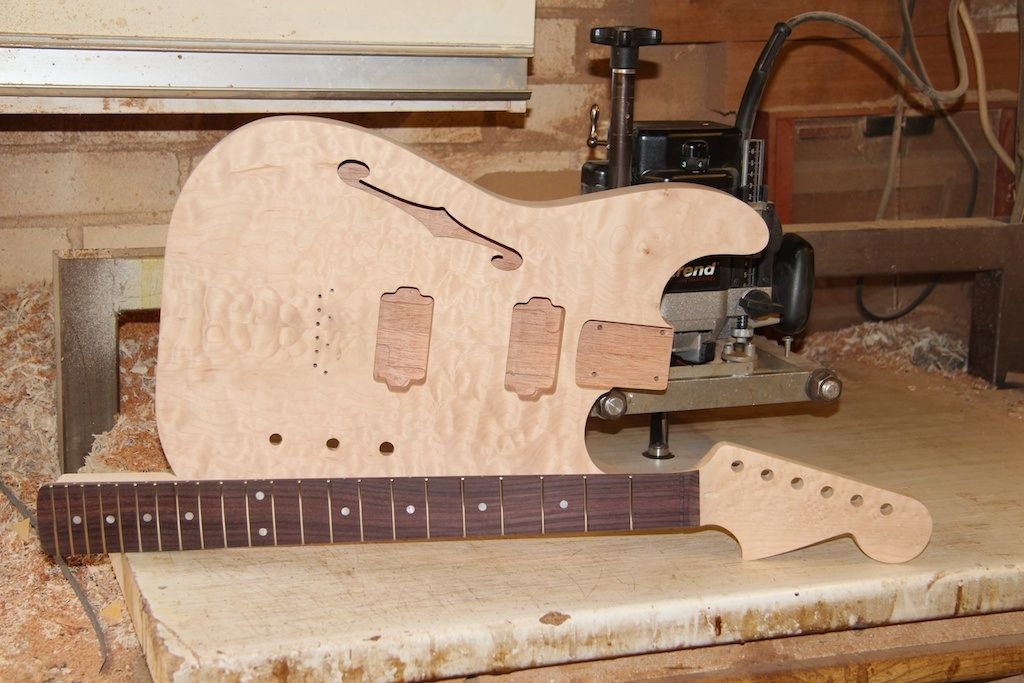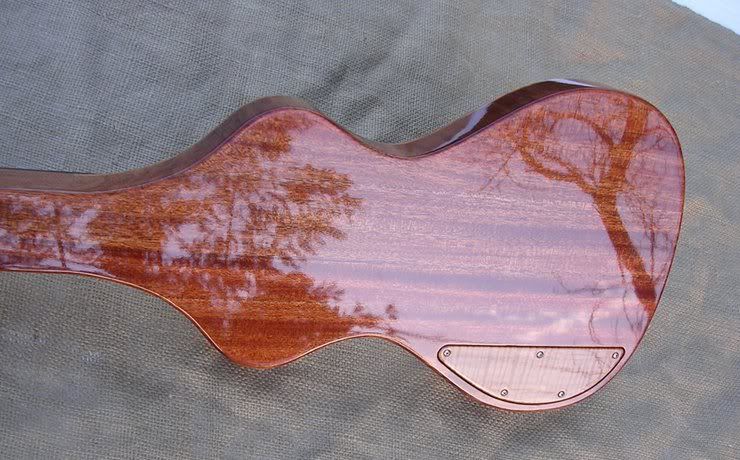Chordophonic
Tele-Meister
Ive just taken delivery of a Custom built Mahogany with Quilted Maple cap Thinline, hardtail Strat and a Birds Eye maple/rosewood CBS headstocked neck, I am going to use Tru Oil to finish both and would be interested to hear how You use it? Both body and neck are still in their natural state, the neck will get a light tint and the cap will be stained and sanded to pop the grain......
Id like a deep semi gloss finish and have seen all sorts of different way of using the Tru Oil, what worked for you?

Paul
Id like a deep semi gloss finish and have seen all sorts of different way of using the Tru Oil, what worked for you?

Paul
Last edited:




